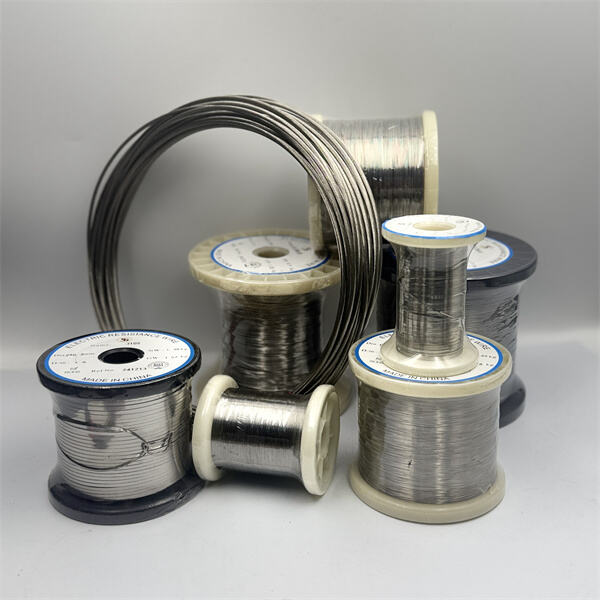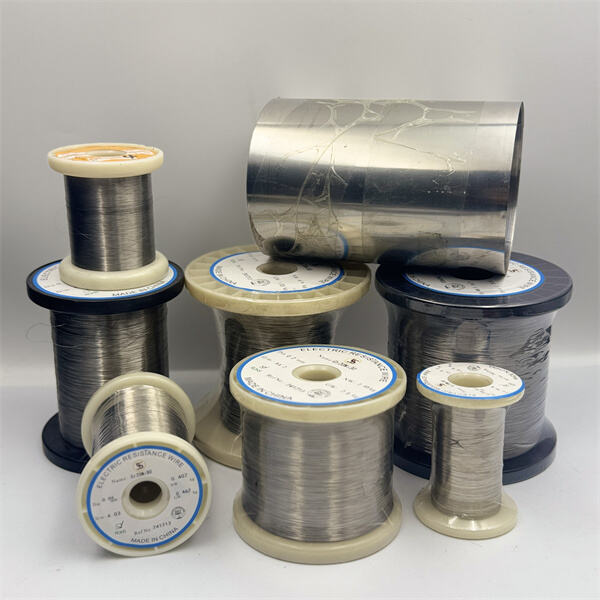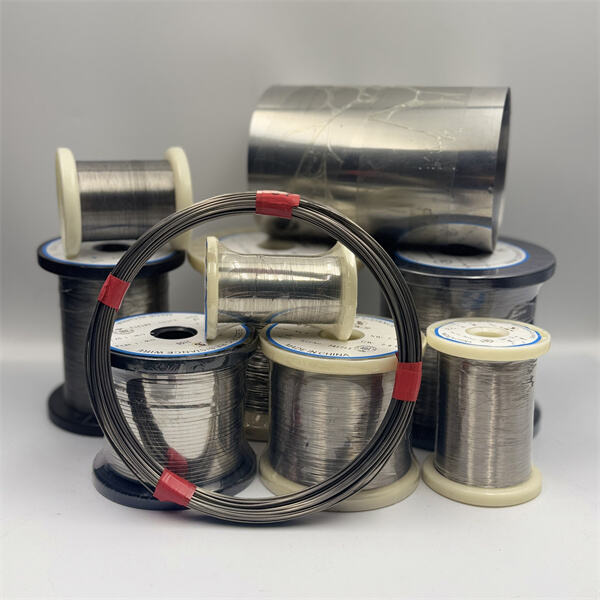Make wires connecting the world.
Hello, young readers! Now, let me explain resistance as we get further into this pane of potentiometer wire. This wire and rope is a critical concept which we can understand if we study the working of electronic devices. TS Heating Alloy is here to help break it down for you so that it makes sense
Resistance A measure of how hard it is for electricity to pass through a wire. It’s sort of similar to a road for cars — if the road is smooth, then cars can take a high speed. But those rutted paths or with some obstacles in them, the cars will struggle to move. Ohms (Ω) is the unit for measuring resistance. Potentiometer wire, also known as a potentiometer or variable resistor, is a type of wire that can vary its resistance. You make this change by turning a knob or dial connected to the wire, which allows it to control the flow of electricity.
There are various reasons that can change the values of the potentiometer wire. A major part of that wire wound resistance is the wire being made out of a material. Some materials resist current flow more than others. Some metals, for example, are excellent conductors of electricity, while others are terrible. The length and thickness of the wire is another consideration. Just like a longer or thinner wire has a greater resistance, a longer or thinner road is harder to drive on than a shorter or wider road. And the actual temperature of the wire matters greatly too. The other way to think of this is that when the temperature goes up, the resistance of the wire goes up too, so electricity has a harder time passing through.

That is you use a multimeter to find the resistance of a potentiometer wire. A multimeter is a convenient tool used to measure several different electrical properties, resistance being one of them. Taking The Resistance Measurement: Set the multimeter to resistance measurement (the unit of measurement for resistance is ohm, typically shown by a plate with symbol) and connect it in parallel with resistor. Then resistance in a wire you take the two probes (like little metal sticks) and touch them to the two ends of the potentiometer wire. This will give you a number in ohms on the multimeter to denote the resistance. This allows you to see how well the wire is performing.

Sometimes your potentiometer wire might not perform as expected. That resistance wire can be for any number of reasons. One potential explanation are worn connections — in other words, the bits that connect the wire could be old and no longer working. Another possible cause might be that dirt or dust is entering the wire and preventing electricity from flowing. Loose connections may also be an issue. If you see your potentiometer wire working wrong then you can fix it. Clean the wire with a soft brush or some compressed air to get rid of dirt, then try again. Just be sure to look for loose parts on the wires; if you have, they may need replacing. These steps make your wire work much better.

So it is essential to treat your potentiometer wire well for many reasons. Alike many issues, the best way to avoid conflict with your system is regular cleaning & checking for loose connections. Keeping your wire neat and connected will give you a longer, better-working wire. Also use high quality materials while making the wire as well. Ensuring the cables are the correct thickness and insulated to avoid resistance issues. To heat proof wire better take care of your potentiometer wire means to take care of your electronics, so it will be long-term usage without any problem.
Located in Taizhou, Jiangsu, China, TS Heating Alloy Materials Co., Ltd benefits from its proximity to Shanghai Port, one of the world's busiest shipping hubs. This strategic location facilitates efficient international shipping, allowing us to offer timely delivery to markets across Asia, Europe, North America, and Africa. Our logistics capabilities ensure that we can meet global demand quickly and reliably, making us an ideal partner for companies looking for high-quality alloy wire products with fast turnaround times.
With dozens of material types available, TS Heating Alloy Materials Co., Ltd offers a broad selection of resistance wire and steel wire rope products. This variety ensures that we meet the specific needs of diverse industries, from construction to specialized sectors requiring resistance wire ropes. Our ability to supply both standard and custom-made solutions makes us a one-stop shop for businesses worldwide, providing versatility and flexibility to cater to various market demands.
TS Heating Alloy Materials Co., Ltd is equipped with cutting-edge technology, including wire drawing machines, annealing furnaces, and packing machines. This ensures that every product, from raw materials to finished items, meets stringent quality standards. The company’s production processes are designed for precision and reliability, enabling the manufacturing of high-quality resistance wires and steel wire ropes. Whether it's Fe-Cr-Al or Ni-Cr wire, our products are crafted with care and expertise, ensuring optimal performance in various industrial applications.
Since its establishment in 2023, TS Heating Alloy Materials Co., Ltd has expanded its international footprint through strong trading partnerships. Our products are now successfully exported to regions such as Japan, South Korea, Southeast Asia, Europe, and Africa, with an emphasis on fostering long-term relationships. By continuing to develop the TS Heating Alloy brand globally, we aim to increase recognition and expand our presence in international markets, offering high-performance alloy materials to customers worldwide.These four points highlight TS Heating Alloy Materials Co., Ltd's strengths, showing its commitment to quality, customer service, and global expansion.